Robot demonstrates pioneering technology by building structure from rocks and string
Chicago Architectural Biennial 2015: a team of designers from Swiss and American universities have created a towering architectural structure made from nothing but gravel and thread – which was built by a robotic arm (+ slideshow).
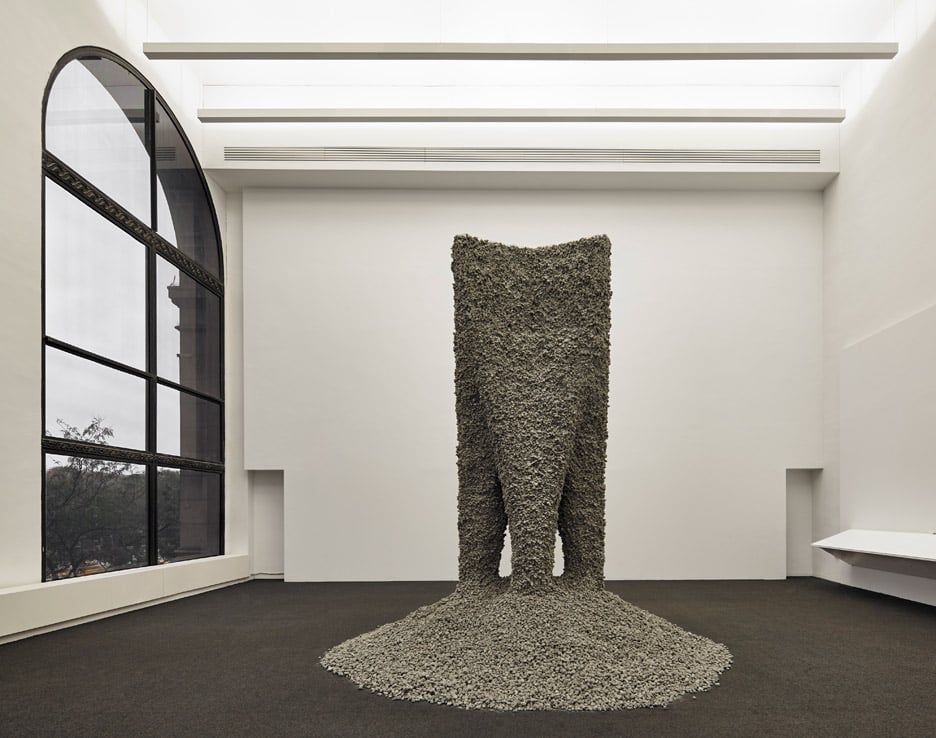
Called Rock Print, the four-metre-high installation was produced for the Chicago Architectural Biennial, which opened 3 October and runs to 3 January 2016.
It is the first architectural construction built by a robotic machine using only rocks and thread, without any mortar or other type of adhesive, according to the designers.
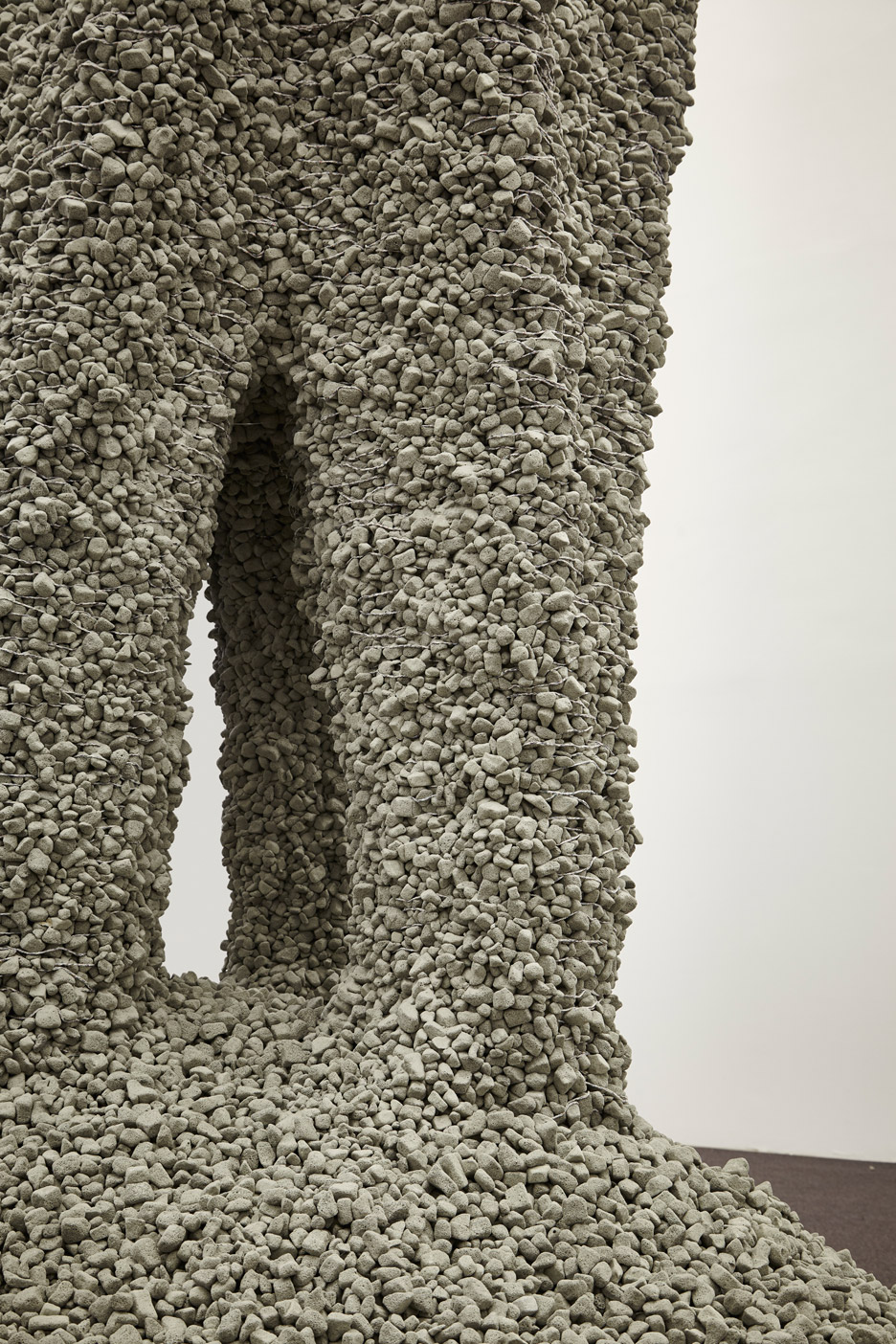
The sculpture was conceived by Gramazio Kohler Research – a research group at the Swiss Federal Institute of Technology in Zurich (ETH) – and the Self-Assembly Lab at the Massachusetts Institute of Technology (MIT) in Cambridge. It is the first collaborative installation by the two research labs.
The tower is composed of stacked layers of aerated glass pebbles, with each layer measuring roughly two centimetres in height. The pebbles are bound together by thread.
Video showing a part of the "rock printing" process
During the "rock printing" process, a robotic arm placed a layer of filament, and then humans placed a layer of gravel – with the steps repeated until the sculpture reached the desired height.
The robotic arm was guided by an algorithm that was created by the design team.
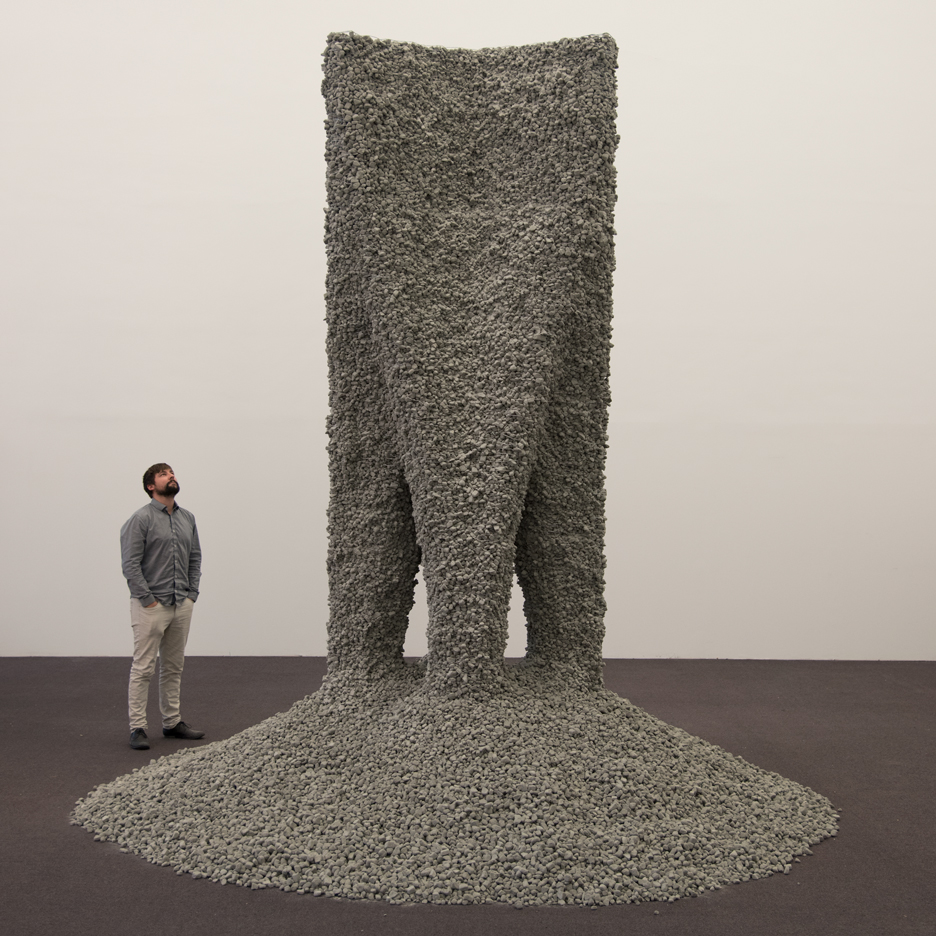
The sculpture, while structurally stable, is not meant to be touched.
"If you touch it, you have rocks falling off actually," said Matthias Kohler, who co-leads the Gramazio Kohler Research lab. "On the surface, it is quite fragile, but its core is very solid."
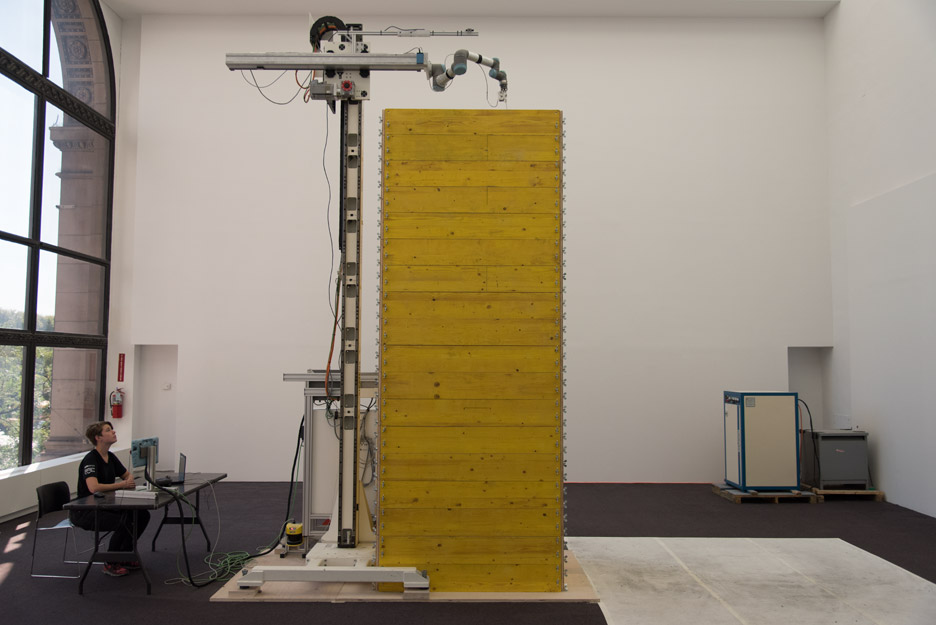
Kohler said one of the goals of the project was to create a temporary installation in which the materials could be reused. "You can take this structure down and you have the raw materials in the same state as they were used before building this structure," he explained.
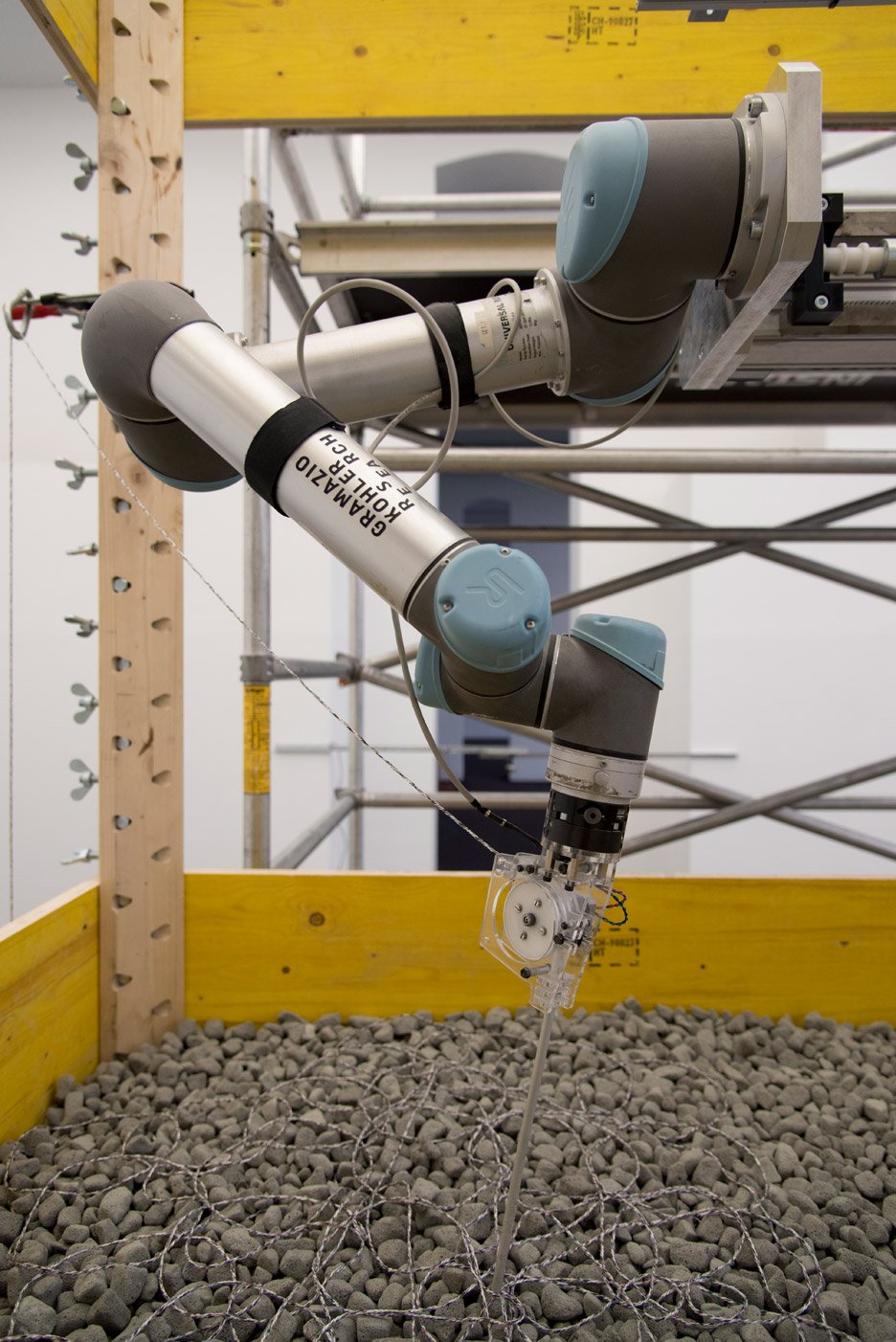
The research labs are continuing to investigate this construction method and its broader applications. "I'm pretty positive that this can have quite a bit of use in architecture in the future," said Kohler.
He can foresee the construction method being used in landscape architecture and in the re-purposing of old buildings. "You can take down the structure and build it in other configurations," he said.
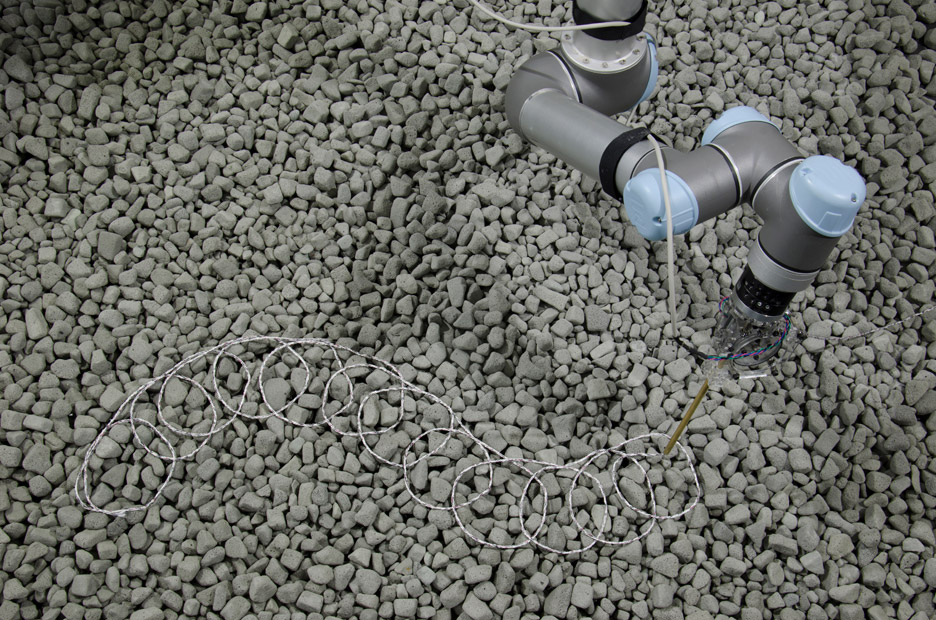
"Also, maybe full-fledged buildings can be built with such structures in the future," he added. "We need years of research to be able to tell what the limits are."
The Gramazio Kohler Research lab – headed by Kohler and Fabio Gramazio – examines changing conditions within the production of architecture, with a special focus on data and materials.
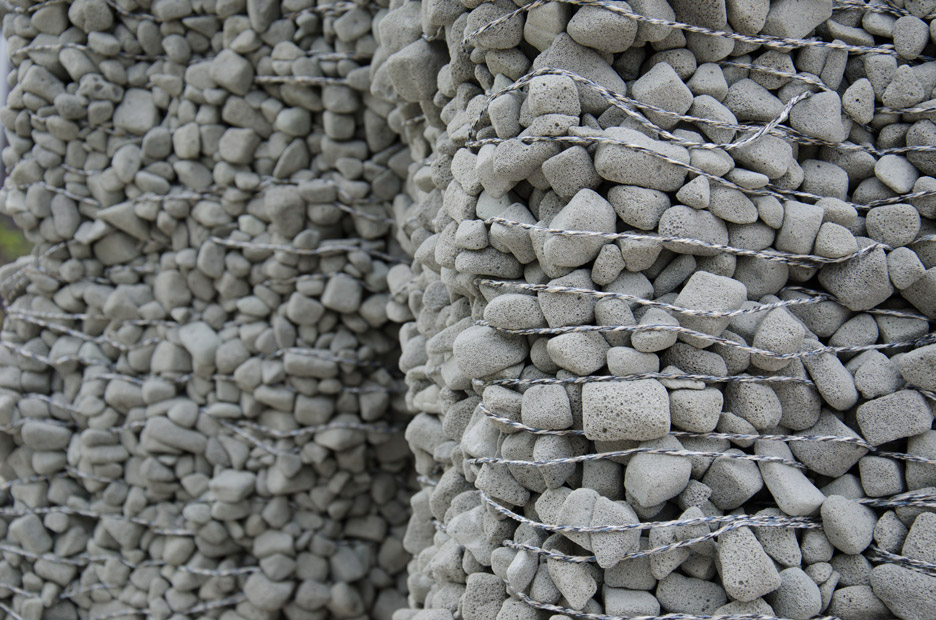
The Self-Assembly Lab is a cross-disciplinary research group that is led by Skylar Tibbits and Jared Laucks. It explores and creates new technologies and processes related to construction, manufacturing, product assembly and performance.
Rock Print is currently on view at the Chicago Cultural Center, alongside installations by Tatiana Bilbao, All(zone), Vo Trong Nghia, and dozens of other studios.
Described by curators Sarah Herda and Joseph Grima as a "site of experimentation," the Chicago Architecture Biennial features work by more than 100 designers around the world. The three-month-long event includes installations, exhibitions and events.